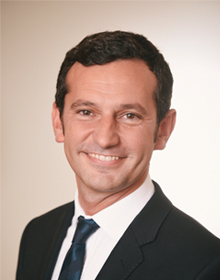RP-1920 BioRadon
PROJECT DESCRIPTION
The Bioradon – EORTC 1920 LCC – project will assess the correlation between the molecular profiles of NSCLC patients and radon exposure.
LIST OF COHORTS
For SPECTA, please enroll patients with the tumor type specified in the table, ONLY when the status is green. You can enroll those patients by clicking on the  , next to the green status.
, next to the green status.
Study specific information (HBM, Project Specific selection criteria, CRF completion guidelines…) can be found here  . Please note that your electronic database ORTA password is required for access (protocol 1553).
. Please note that your electronic database ORTA password is required for access (protocol 1553).
For any questions, please contact the project e-mail address: 1920@eortc.org.
To view the List of Cohorts, please flip your mobile phone horizontally:









